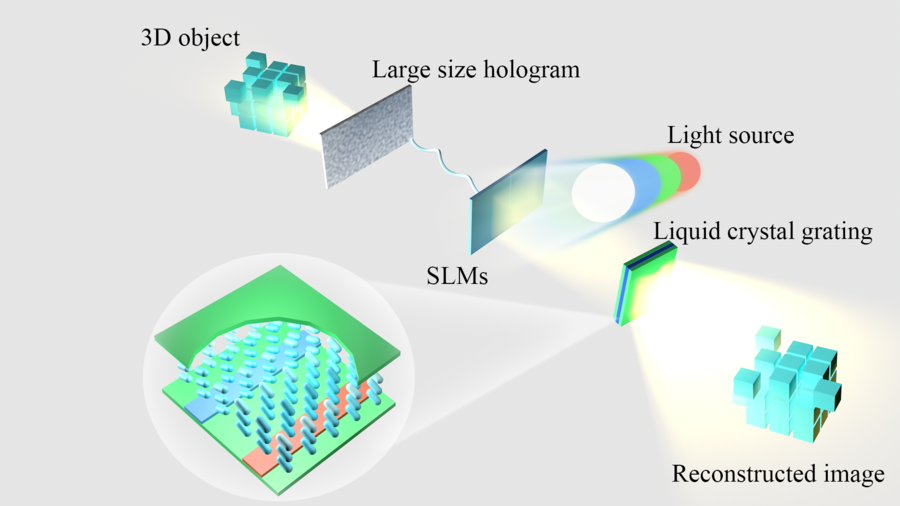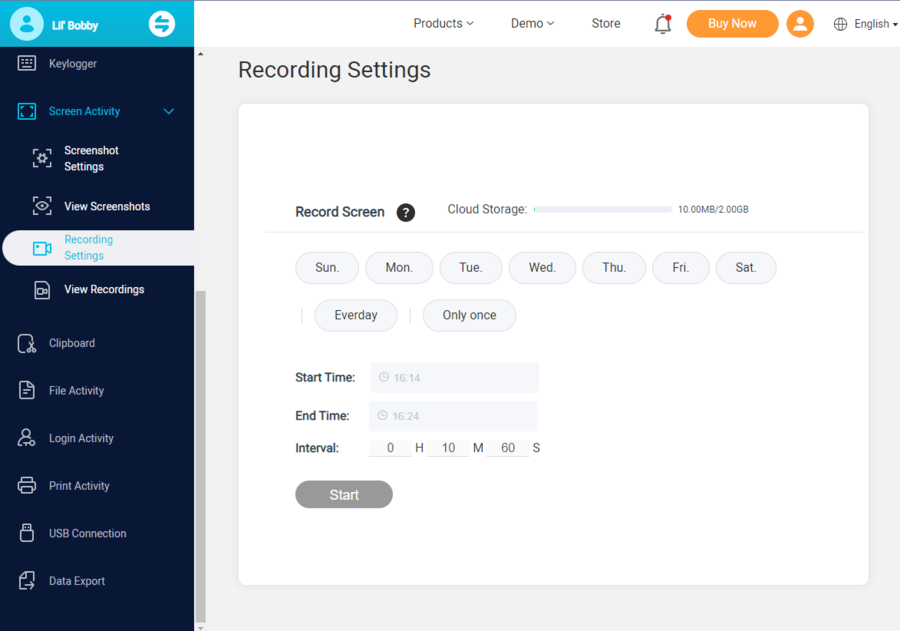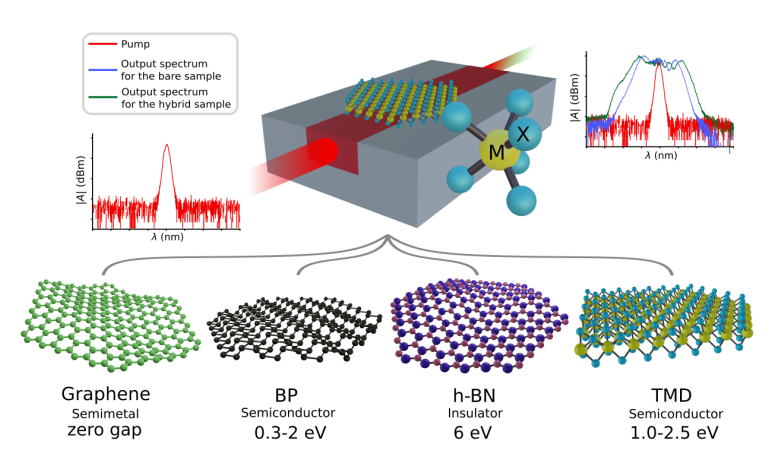Diffractive networks enable quantitative phase imaging (QPI) through random diffusers
KNOXVILLE, TN, October 05, 2023 /24-7PressRelease/ — Quantitative phase imaging (QPI) is a label-free computational technique frequently used for imaging cells and tissue samples while facing challenges when diffusive media obstruct the optical path. UCLA researchers, led by Prof. Aydogan Ozcan, reported a diffractive optical network that perform QPI through random unknown phase diffusers. The potential integration of QPI diffractive networks onto image sensors may enable existing optical microscopes to perform all-optical phase recovery and image reconstruction on a chip.
For decades, imaging weakly scattering phase objects, such as cells, has been an active area of research across various fields, including biomedical sciences. One common approach uses chemical stains or fluorescent tags to bring image contrast to weakly scattering objects, but it requires relatively complex sample preparation steps, which can also be toxic or destructive to samples. Quantitative phase imaging (QPI) has emerged as a powerful label-free solution to this need, providing non-invasive, high-resolution imaging of transparent specimens without using any external reagents. However, traditional QPI systems can be resource-intensive and slow due to their need for digital image reconstruction and phase retrieval algorithms. Moreover, most QPI approaches do not account for random scattering media, especially prevalent in biological tissue.
In a recent paper published in Light: Advanced Manufacturing, a research team led by Professor Aydogan Ozcan from the Electrical and Computer Engineering Department at the University of California, Los Angeles (UCLA), USA, reported a new methodology for quantitative phase imaging of objects that are completely covered by random, unknown phase diffusers. Their method uses a diffractive optical network composed of successive transmissive layers optimized via deep learning, and this diffractive system axially spans ~70λ, where λ is the illumination wavelength. During its training, various randomly generated phase diffusers were utilized to build resilience against phase perturbations created by random unknown diffusers. After the training, which is a one-time effort, the resulting diffractive layers can perform all-optical phase recovery and quantitative phase imaging of unknown objects that are entirely hidden by unknown random diffusers.
In their numerical simulations, the team successfully demonstrated the capability of the QPI diffractive network to achieve all-optical phase recovery and quantitative phase imaging of new objects through new random phase diffusers that were never seen before. In addition, their research delved into the impact of various factors, including the number of diffractive layers and the trade-off between image quality and output energy efficiency, revealing that deeper diffractive optical networks could generally outperform shallower designs. This QPI diffractive network can be physically scaled to operate at different parts of the electromagnetic spectrum without redesigning or retraining its layers.
Such an all-optical computing framework possesses the benefits of low power consumption, high frame rate, and compact size. The UCLA research team anticipates the potential integration of their QPI diffractive designs onto image sensor chips (CMOS/CCD imagers), effectively transforming a standard optical microscope into a diffractive QPI microscope capable of performing on-chip phase recovery and image reconstruction through light diffraction within passive structured layers.
References
DOI
doi.org/10.37188/lam.2023.017
Original Source URL
https://doi.org/10.37188/lam.2023.017
Funding information
The Ozcan Research Group at UCLA acknowledges the support of the US Office of Naval Research (ONR).
Contact
Aydogan Ozcan
Electrical and Computer Engineering Department, University of California, Los Angeles, California 90095, USA
Bioengineering Department, University of California, Los Angeles, California 90095, USA
California NanoSystems Institute (CNSI), University of California, Los Angeles, California 90095, USA, ozcan@ucla.edu
About Light: Advanced Manufacturing
Light: Advanced Manufacturing (LAM) is a new, highly selective, open-access, and free of charge international sister journal of the Nature Journal Light: Science & Applications. The journal aims to publish innovative research in all modern areas of preferred light-based manufacturing, including fundamental and applied research and industrial innovations.
Chuanlink Innovations, where revolutionary ideas meet their true potential. Our name, rooted in the essence of transmission and connection, reflects our commitment to fostering innovation and facilitating the journey of ideas from inception to realization.
Related Link:
http://chuanlink-innovations.com
—
For the original version of this press release, please visit 24-7PressRelease.com here





